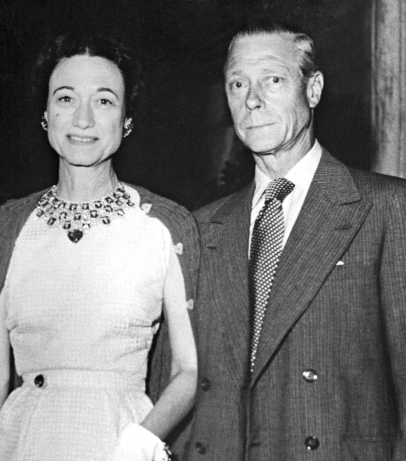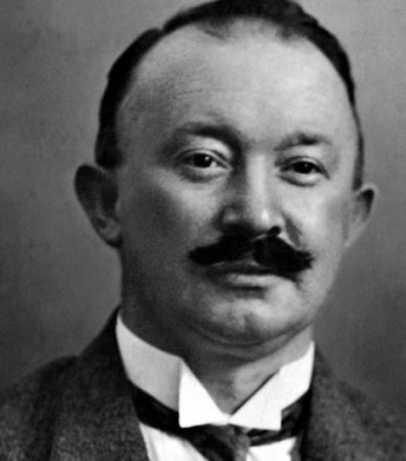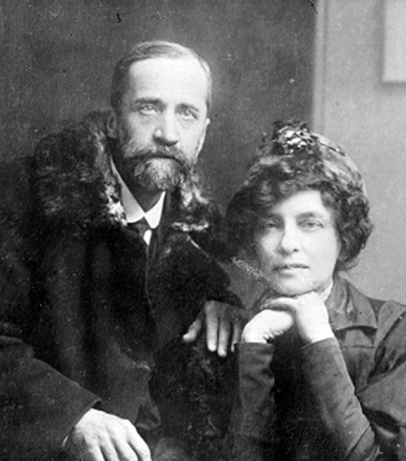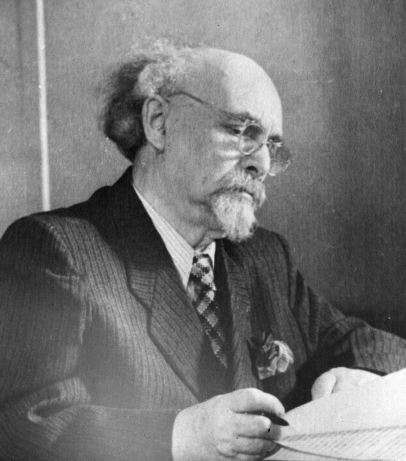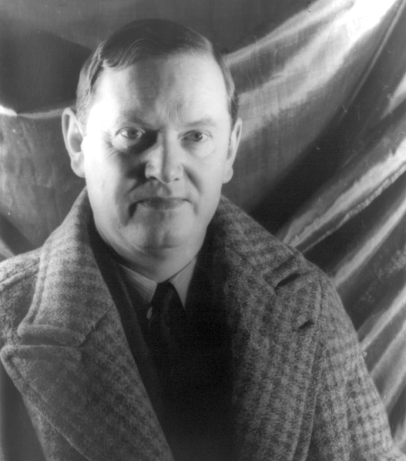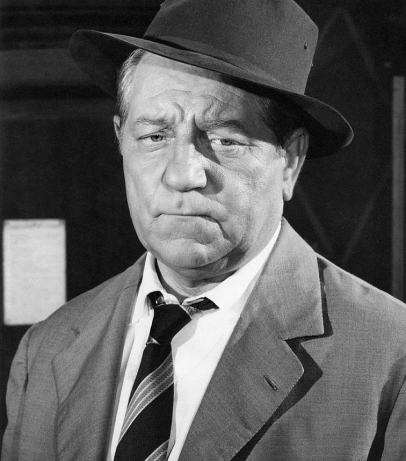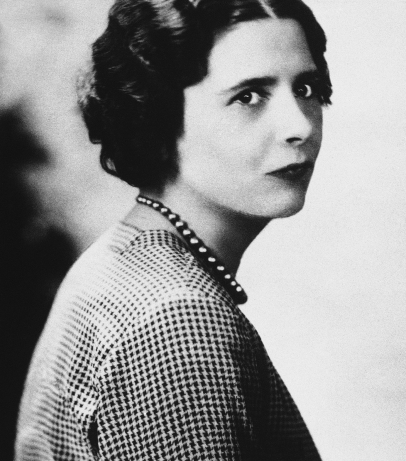On 20 March, 1946 the Tule Lake Segregation Centre in north-eastern California, the last of ten internment camps built by the US government in 1942 for Japanese Americans, was officially closed.
After the Japanese attack on Pearl Harbour in December 1941, xenophobic hysteria was rife in American society. Many populist politicians called for strong action; in particular, the California Joint Committee on Immigration published “a historic list of allegations against Japanese people wholly incapable of assimilation.”
In 1942, over 120,000 people were forcibly interned on US territory, two-thirds of whom were United States citizens. The deportations to the camps were authorised by President Franklin D. Roosevelt's Executive Order 9066 of 19 February, 1942. The president greenlighted internment as a means to combat espionage and sabotage. Thus many Americans of German, Italian, and Japanese ancestry ended up in the camps, but for the most part, those sent there were Japanese.
The camps were surrounded by barbed-wire fences, and guards were allowed to shoot anyone who tried to escape. Living and eating conditions were poor by American standards.
The Tule Lake Internment Camp, which held 18,700 people, was the largest, and the regime there was particularly strict. The most unruly prisoners were detained here – in four years, 29,840 people went through this camp.
In 1988, President Ronald Reagan apologised on behalf of the US government for internment caused by “racial prejudice, war hysteria, and mistakes of political leadership.” Each detainee received compensation of $20,000. In 2006, the remnants of the Tule Lake Camp were declared a national monument.
Source:
Hirabayashi, Lane Ryo. “The Politics of Fieldwork: Research in an American Concentration Camp”. Tucson: The University of Arizona Press, 1999.










